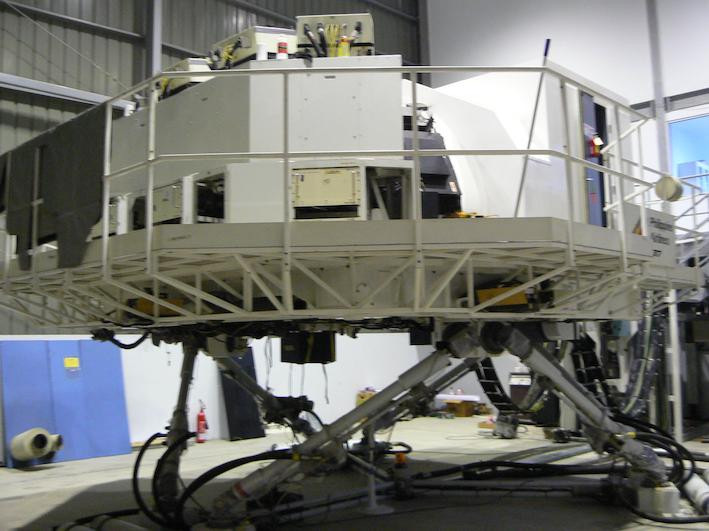The landscape of actuation systems is undergoing a significant shift, moving away from traditional hydraulic systems towards electrical solutions. While hydraulic actuators have been favored for their power distribution capabilities, Servo Electric Motors are rapidly emerging as a compelling alternative, especially in areas demanding precision and efficiency.
Hydraulic systems, characterized by a central pump powering multiple actuators, face inherent challenges. A critical vulnerability lies in the potential for system-wide failure due to damage in hydraulic lines, leading to a loss of control. Although redundancy measures exist, the complexity and maintenance associated with hydraulic systems are considerable.
Electric actuation, particularly with servo electric motors, presents a different paradigm. While early electric actuators were often criticized for their weight compared to hydraulic counterparts, advancements in materials and design are rapidly closing this gap. Servo electric motors, converting electrical energy into mechanical motion through magnetic fields, are achieving increasingly impressive power-to-weight ratios.
 Simulator motion with hydraulic actuators
Simulator motion with hydraulic actuators
Safety is a crucial differentiator. Servo electric motors offer a fail-passive characteristic, meaning in case of failure, they typically default to a safe state, reducing the risk of uncontrolled movements. In contrast, hydraulic actuators can suffer from “hard-over” failures, where a stuck servo valve can drive the actuator to its extreme limits, posing significant safety concerns.
Furthermore, the transition to servo electric motors brings substantial benefits in maintenance and handling. Engineers and technicians with experience in both hydraulic and electric systems often express strong preference for electric actuation. Servo electric motor systems are cleaner, easier to tune, and require less intensive maintenance compared to hydraulic systems prone to leaks and requiring careful fluid management. The move towards servo electric motors represents not just a technological upgrade, but a step towards simpler, safer, and more efficient actuation solutions.
